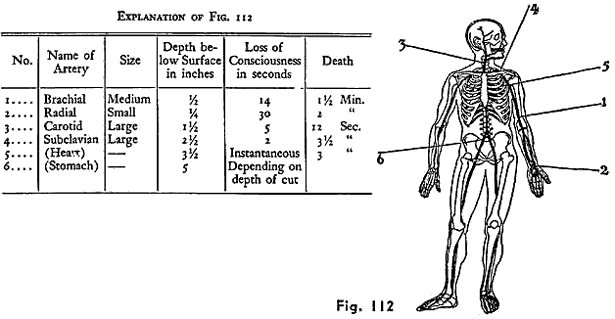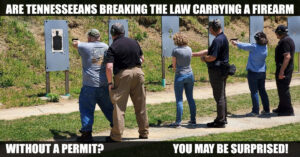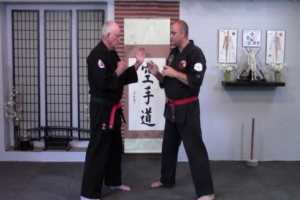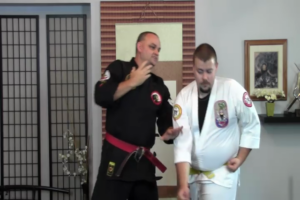
About W. E. Fairbairn
Let’s begin our Discussion of the Fairbairn’s Timetable of Death by first looking at who he was. The following was taken from WikiPedia:
William Ewart Fairbairn (28 February, 1885–20 June, 1960) was a British soldier, police officer and exponent of hand-to-hand combat method, the close combat, for the Shanghai Police between the world wars, and allied special forces in World War II. He developed his own fighting system known as Defendu, as well as other weapons tactics. Notably, this included innovative pistol shooting techniques and the development of the Fairbairn-Sykes Fighting Knife.
The television series Secrets of War suggested him as a possible inspiration for Q branch in James Bond.
Military Career
Fairbairn served with the Royal Marine Light Infantry starting in 1901, and joined the Shanghai Municipal Police (SMP) in 1907. During his service with the International Police in Shanghai, Fairbairn reportedly engaged in hundreds of street fights in the course of his duties over a twenty-year career, where he organised and headed a special anti-riot squad. Much of his body, arms, legs, torso, even the palms of his hands, was covered with scars from knife wounds from those fights. Fairbairn later created, organised and trained a special anti-riot squad for the Shanghai police force, as well as developing numerous firearms training courses and items of police equipment, including a special metal-lined bulletproof vest designed to stop high-velocity bullets from the 7.63x25mm Mauser pistol.
During World War II, he was recruited by the British Secret Service as an Army officer, where he was given the nickname “Dangerous Dan”. Together with fellow close-combat instructor Eric Sykes, Fairbairn was commissioned on the General List in 1941. He trained British, American and Canadian Commando forces, along with Ranger candidates in close-combat, pistol-shooting and knife-fighting techniques. Fairbairn emphasised the necessity of forgetting any idea of gentlemanly conduct or fighting fair: “Get tough, get down in the gutter, win at all costs… I teach what is called ‘Gutter Fighting.’ There’s no fair play, no rules except one: kill or be killed,†he declared.
For his achievements in training OSS personnel, Fairbairn eventually rose to the rank ofLieutenant-Colonel by the end of the war, and received the U.S. Legion of Merit (Officer grade) at the specific request of “Wild Bill” Donovan, founder of the U.S. O.S.S.
In an effort to define how long it takes for a person wounded by a knife wound to either lose consciousness or die from hypovolemic shock, Fairbairn created his well-known Timetable of Death.
No one knows quite for sure where he got his numbers but they have come under some scrutiny in the past few years. While no one doubts his fighting prowess or his intent to train troops, but his numbers seem to be off the mark in areas. For instance, the depth of some arteries and organs appear to be different from known anatomical sciences.
It also appears that his estimates of bleedout times do not match with tactical experience. Due to these inaccuracies, a few researches have attempted to re-calculate the times. I too have taken up this challenge!
After great research, it became obvious to me that new methods had to be created that took all of this information into consideration. My calculations are based on Cardio Physics of the human body.The basic conclusion of this research is that several knife fighting tactics are flawed. When one considers that some knife instructors advocate attacking vascular targets due to bleedout time, it becomes apparent that they may not have complete information. Or else, their numbers may be based on Fairbairn’s original research. While attacking vascular targets do in fact kill, the times are often longer than what most people expect.
To make it far easier to calculate time for shock, time to loss of consciousness, and finally time to death, I created an application to make running scenarios much easier. With this tool, it is possible to estimate these times for various genders, body sizes (height and weight), different heart rates, and blood pressures. This allows you to simulate at rest as well as under stress. Moreover, you can see the effects of stress on the body.






No comment yet, add your voice below!